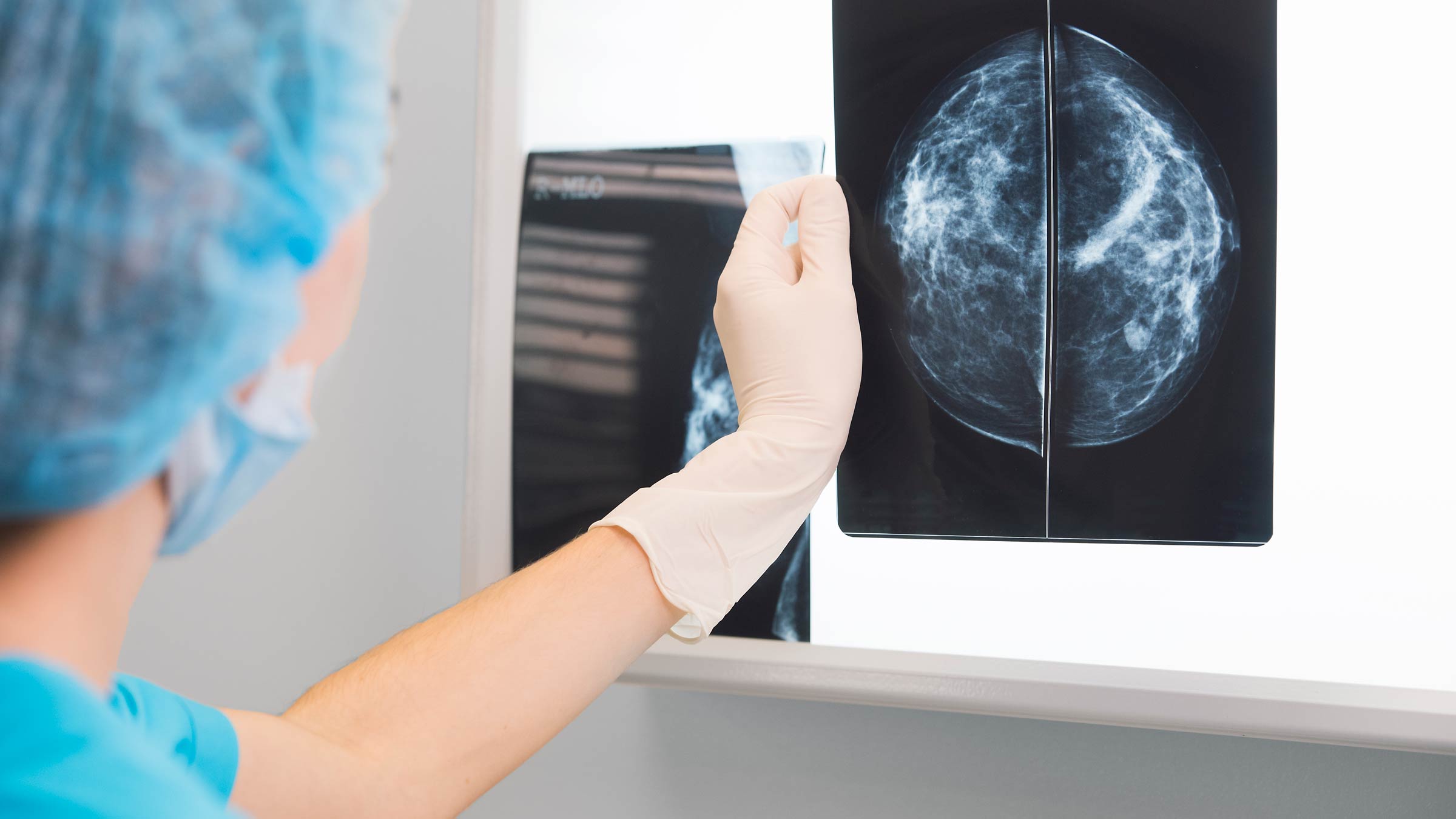
When someone receives a double cancer diagnosis, they can be called “multiple primary cancers,” or one of the cancers might be called a “second primary cancer.” This happened recently with tennis star Martina Navratilova, who was diagnosed with stage one throat cancer and breast cancer.
What does this mean, and how often does it happen? I’ll explain.
Primary cancer vs. secondary cancer
“Primary cancer” is the initial tumor or first tumor that’s found in the body. For example, with breast cancer, it would be a tumor found within the breast.
“Secondary cancer” usually describes a primary cancer that’s spread (metastasized) to another part of the body. In the breast cancer example, the cancer could spread to the lungs and now be considered secondary or "metastatic" breast cancer.
How can someone have multiple primary cancers?
When someone has unrelated, early-stage tumors in different parts of the body, we call this “multiple primary cancers” or “synchronous primary cancers.”
How common are multiple primary cancers?
This depends on the type of cancer and the potential cause of cancer. Overall, though, diagnosis of multiple cancers at once can occur in up to 17% of patients.
Sometimes, people can have more than one cancer because a given risk factor — such as tobacco use, alcohol use or a genetic mutation — can cause more than one type of cancer. This doesn’t appear to be the case for Navratilova, who was diagnosed with seemingly unrelated primary cancers (throat cancer and breast cancer).
In 2022, among women in the United States, the estimated number of new oral cavity and pharynx cancers was 15,300, and the estimated number of new breast cancer cases was 287,850. The two cancers Navratilova was diagnosed with would fall into these categories.
Are some cancer types more likely to occur alongside one another?
Specific risk factors can increase a patient’s risk of a specific grouping of tumors — for example, a BRCA1 genetic mutation increases the risk of both breast cancer and ovarian cancer. Alcohol use and some other lifestyle factors can also increase the risk of multiple cancers.
How does cancer treatment change when you have more than one primary cancer?
It can be tricky to treat two tumor types at the same time, because different primary cancers might have different treatment methods or targets for therapies. Sometimes, there are chemotherapies or agents that have activity in both tumor types, and oncologists will try to use one of these agents that can treat both tumors.
However, treating both types of cancer with one therapy isn’t always possible. In that case, sometimes treatment must be chosen based on prioritizing the more aggressive or advanced tumor.
Early detection is always key to finding cancers in an early stage, when they’re most treatable and more likely to able to be cured. Keep up with health screenings, such as annual mammograms, and listen to your body when something isn’t right.

The choice for cancer prevention is clear
Schedule your mammogram with the experts at The James, who understand there is no such thing as a routine mammogram.
Schedule Now




